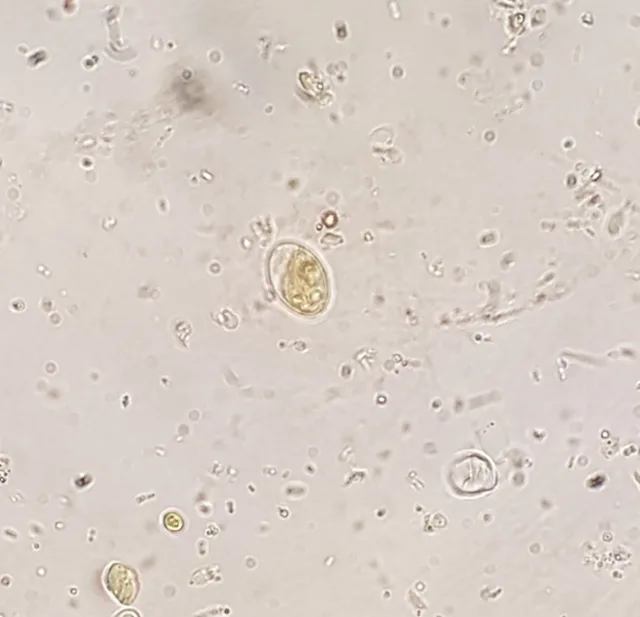Determining the Best Method for Diagnosing Giardiasis
Donato Traversa, DVM, PhD, DipEVPC, EBVS, University of Teramo, Teramo, Italy
In the Literature
Saleh MN, Heptinstall JR, Johnson EM, et al. Comparison of diagnostic techniques for detection of Giardia duodenalis in dogs and cats. J Vet Intern Med. 2019;33(3):1272-1277.
The Research …
Dogs and cats infected by the intestinal protozoan parasite Giardia duodenalis shed cysts and, sometimes, trophozoites in their feces. Various diagnostic methods exist for diagnosing giardiasis, all with pros and cons. The classic approach (ie, microscopic examination of feces) has inherent constraints; occasional presence of trophozoites, intermittent shedding of cysts, and the need for skilled observation may impair a reliable diagnosis and lead to false-negative results.1 Thus, use of conventional microscopic tests may be supported by commercial assays and may enable improved sensitivity and specificity for diagnosis.
This study* compared 3 immunoassay tests commercially available in the United States for detection of G duodenalis. Results were compared with a direct immunofluorescence assay (IFA) used as a reference test, and statistical analysis of all results was performed.
Fecal samples from 388 dogs and cats were screened for G duodenalis through zinc sulfate centrifugal fecal flotation; positive samples sufficient in G duodenalis quantity were included in the study. Samples were then tested using each of the 3 commercial diagnostic immunoassays and the IFA reference test.
Results indicate that fecal samples tested for G duodenalis may have discordant results when subjected to more than one diagnostic test. For example, samples positive on microscopic examination may test negative on other assays, including IFA; alternatively, IFA-negative samples may test positive on all other diagnostic methods. These results confirm the challenges that exist in selecting the most reliable and accurate test for G duodenalis infection, as well as the lack of a true gold standard for diagnosing giardiasis in dogs and cats. The study also confirmed that all tests have pros and cons; some are easy to apply and are available for in-house testing, whereas others are highly sensitive but require specialized equipment and training.
There are several highly sensitive and specific procedures for detecting G duodenalis in dogs and cats, and the best approach may be to combine microscopic methods with immunoassays to simultaneously increase the sensitivity of the procedures and identify other internal parasites.

G duodenalis cyst identified on fecal flotation
… The Takeaways
Key pearls to put into practice:
In cases of suspected giardiasis, microscopic flotation in conjunction with another test may facilitate diagnosis.
Fecal flotation can aid in the identification of other endoparasites, in addition to G duodenalis, when present.
Suboptimal refrigeration, storage, and shipping of samples, as well as timing between different fecal flotation and other diagnostic procedures, may result in low sensitivity and/or discordant results.
*This study was supported by funds from TechLab, Inc, Blacksburg, VA.